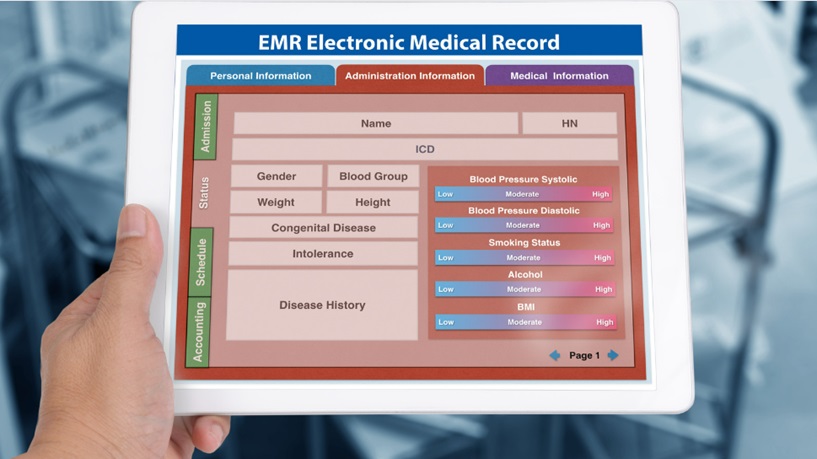As technology continues to advance and improve, healthcare providers are increasingly turning to electronic medical record (EMR) systems to streamline their processes and improve patient care. However, with the multitude of EMR systems available in the market today, integrating these systems can be a daunting task for many healthcare organizations.
In this article, we will discuss the importance of integrating EMR systems and provide tips on how to ensure seamless data flow and efficiency within your organization.
The Benefits of Integrating EMR Systems
Integrating EMR systems offers a multitude of benefits for healthcare providers, including:
- Improved Efficiency: An EMR integration eliminates the need for manual data entry and allows healthcare professionals to access patient information in real-time. This results in increased efficiency and improved workflows, ultimately leading to better patient care.
- Reduced Errors: By eliminating the potential for human error in manual data entry, EMR integration can significantly reduce errors in patient records, ensuring accurate and up-to-date information.
- Enhanced Collaboration: Integrating EMR systems allows different departments within a healthcare organization to collaborate seamlessly. This improves communication, reduces duplication of work, and promotes a more coordinated approach to patient care.
- Cost Savings: With streamlined processes and reduced errors, healthcare organizations can save both time and money through EMR integration. Moreover, the importance of EMRs in medical billing cannot be overlooked as they help reduce the cost of billing processes.
- Improved Patient Experience: By having access to accurate and updated medical records, healthcare providers can provide more personalized and efficient care, leading to improved patient satisfaction.
Tips for Ensuring Seamless Data Flow and Efficiency
While integrating EMR systems offers numerous benefits, it is essential to ensure that the process is done correctly to avoid any potential issues. Here are some tips to help you achieve seamless data flow and efficiency when integrating EMR systems:
- Choose the Right Vendor: When selecting an EMR system, it is crucial to choose a vendor that can integrate with your current system seamlessly. Consider their experience in healthcare integration and their track record of successful implementations.
- Plan Ahead: Before starting the integration process, create a clear plan outlining your objectives and timelines. This will help you stay organized and ensure that all necessary steps are taken.
- Train Your Staff: Proper training is essential to ensure that your staff can effectively use the new integrated system. Make sure to provide adequate training and support to minimize any disruptions in workflows.
- Perform Thorough Testing: Before going live with the integrated system, perform thorough testing to identify and resolve any potential issues. This will help prevent any negative impact on patient care or data integrity.
- Communicate with Your Team: Clear communication is vital during the integration process. Keep your team informed of updates and progress, and encourage them to share any concerns or feedback. This will help foster collaboration and ensure a smoother transition.
In Conclusion
Integrating EMR systems is crucial for healthcare providers to improve efficiency, reduce errors, and enhance patient care. By choosing the right vendor, planning ahead, training your staff, performing thorough testing, and promoting communication within your team, you can ensure a seamless integration process that will benefit both your organization and your patients. With technology constantly evolving, it is essential to stay informed and adapt to new advancements in EMR systems to continue providing high-quality care in a fast-paced healthcare environment.

